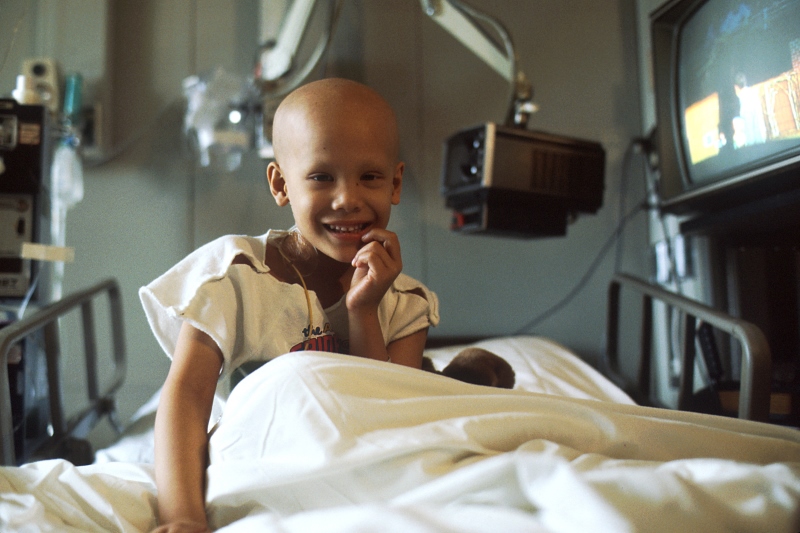
Hello everyone ,
How beneficial a exercise can be for a cancer patient , there are lot of studies and research has been done throughout the world which concludes that exercise can be the best part of cancer treatment.
Today we are going to use some renowned journals that says that exercise is beneficial for cancer patients.
1- The Effects of Physical Activity on Health and Quality of Cancer Life in Adolescent Survivors: A Systematic Review :- Published on 24.05.16 in Vol 2, No 1 (2016): Jan-Jun published on JMIR publications
Background: There are numerous published controlled trials assessing the safety and the benefits of physical activity (PA) for child and adult cancer survivors. However, trials exclusively comprised of adolescent cancer survivors aged 13-19 years, who may experience different health and quality of life (QOL) effects as a function of their developmental status, are lacking. Rather, some trials have included both adolescent and child cancer survivors together.
Methods: Using a search strategy developed for this review, 10 electronic databases were searched for RCTs and CCTs that reported on the effects of PA on at least 1 health and/or QOL outcome in samples comprised of >50% adolescent cancer survivors.
Results: From the 2249 articles identified, 2 CCTs met the predetermined eligibility criteria and were included in this review. Combined, 28 adolescents (of 41 participants) who were receiving active treatment participated in the 2 studies reviewed. A total of 4 health and QOL outcomes (ie, bone mass, fatigue, grip strength, QOL) were assessed pre- and post-PA intervention.
Conclusions: On the basis of the 2 studies reviewed, PA appears to be safe and feasible. PA also shows promise to mitigate reductions in bone mass and might be a viable strategy to improve fatigue, grip strength, and QOL. High-quality controlled trials with larger samples exclusively comprised of adolescent cancer survivors that assess a wide range of outcomes are needed to determine the effects of PA on health and QOL outcomes in this population
Jennifer A. Schrack, Gillian Gresham1 and Amal A. Wanigatunga1,
Published in Advance April 19, 2017, doi:10.1101/mcs.a001933Cold Spring Harb Mol Case Stud 3: a001933
Abstract
Since the early 1990s, accumulating evidence has suggested that regular, sustained participation in physical activity may help prevent the onset and development of certain types of cancer. Given the worldwide incidence and prevalence of cancer, there is increasing interest in physical activity as a non pharmacological intervention and prevention method. Moreover, the effectiveness of new and improved cancer therapies has also increased interest in the potential health benefits of physical activity during and after treatment. The development of wearable device technology (e.g., accelerometers) to monitor physical activity has created unprecedented opportunities to better understand the potential health benefits of physical activity in cancer patients and survivors by allowing researchers to observe, quantify, and define physical activity in real-world settings. This granular, detailed level of measurement provides the opportunity for researchers and clinicians to obtain a greater understanding of the health benefits of daily physical activity beyond the well-established benefits of “moderate-to-vigorous” physical activity and to tailor recommendations to a feasible level of activity for older and/or sicker patients and survivors. This article provides an overview of accelerometers, the potential benefits—and challenges—of using these devices in the research and clinical settings, and recommendations for future applications.
3- “Depending on the specific cancer, one or more of those mechanisms may be more important than the others,” he said. “So, for breast cancer, the benefits of exercise are really driven through the impact on sex hormones.”
Experts say exercise can help prevent cancer by reducing inflammation, keeping weight under control, and boosting the immune system.
It is always important for us as a fitness trainer that we must sell the benefits and we must give our best to the clients , as a fitness instructor you don’t have to compare yourself with other trainer because that seem to be a very unprofessional behavior , always show your capabilities , your plus points , your uniqueness that makes you different from other fitness professional , and whenever you handle a cancer patients always listen to them , always understand their problem then make a proper workout programs for them which includes aerobic training (brisk, walking , jogging, swimming), strength training , balance , and at last stretching . if you’re handling clients with some major disorder then toy have to be professional enough and it is our responsibility to motivate the clients so they can do their workout properly and daily and they can enjoy their life.
It is always challenging to deal with clients with some major disorders but if we can make a difference in someone’s life with the type of knowledge we have than it would be very beneficial for someone's life , we can't cure cancer but still we can make their body so strong so it makes easy for them to fight against cancer .
“Exercise is an easy, cheap way to give patients less fatigue and a better quality of life,”
Shashank Gupta
ISSA CFT Trainer & Nutrionist
Comments (0)